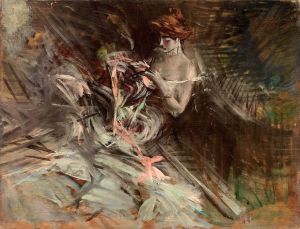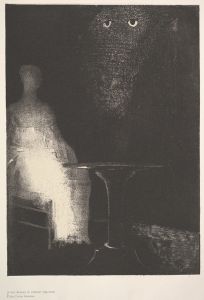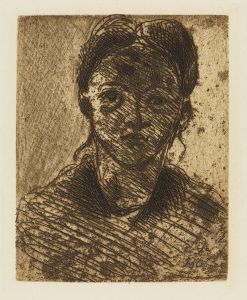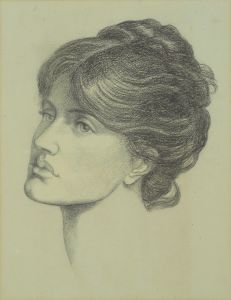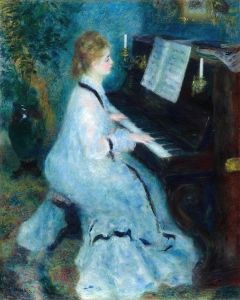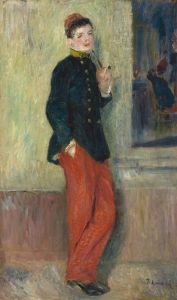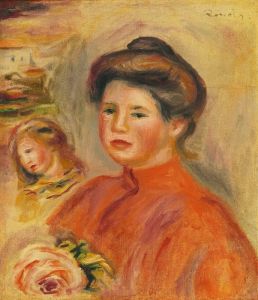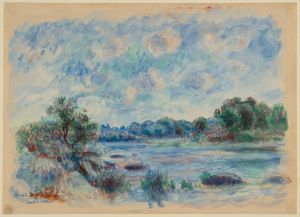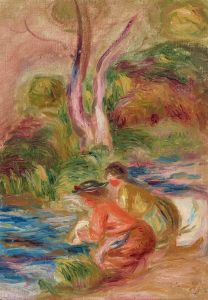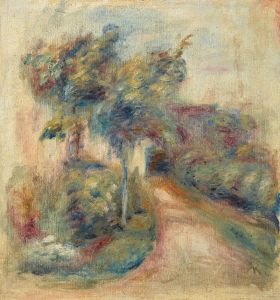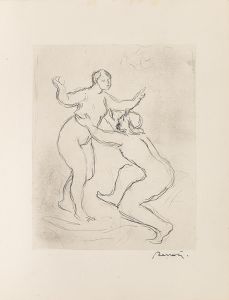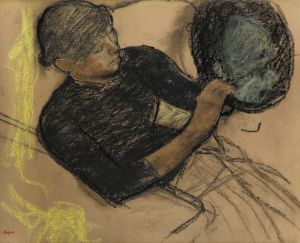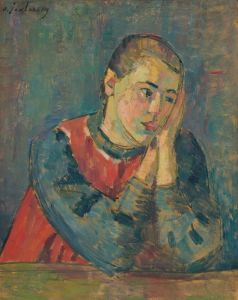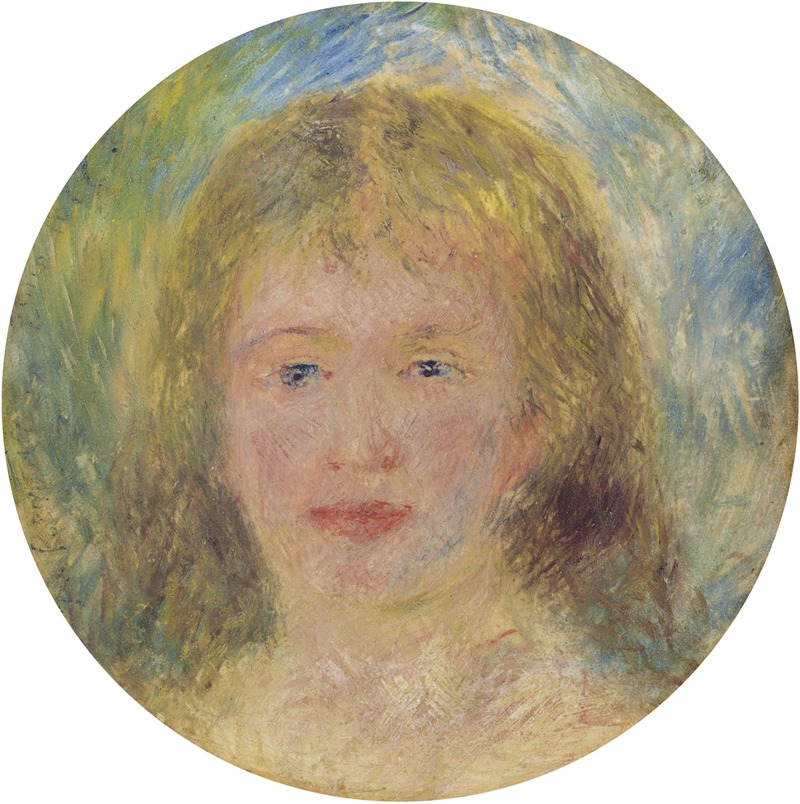
Tête de femme, Jeanne Samary
A hand-painted replica of Pierre-Auguste Renoir’s masterpiece Tête de femme, Jeanne Samary, meticulously crafted by professional artists to capture the true essence of the original. Each piece is created with museum-quality canvas and rare mineral pigments, carefully painted by experienced artists with delicate brushstrokes and rich, layered colors to perfectly recreate the texture of the original artwork. Unlike machine-printed reproductions, this hand-painted version brings the painting to life, infused with the artist’s emotions and skill in every stroke. Whether for personal collection or home decoration, it instantly elevates the artistic atmosphere of any space.
Pierre-Auguste Renoir's "Tête de femme, Jeanne Samary" is a notable work by the renowned French Impressionist painter, created in the late 19th century. Renoir, known for his vibrant light and saturated color, often depicted lively Parisian society, and this painting is no exception. Jeanne Samary, the subject of this portrait, was a well-known actress at the Comédie-Française, and she became one of Renoir's favorite models during the 1870s.
Renoir's fascination with Samary is evident in the multiple portraits he painted of her, capturing her charm and vivacity. "Tête de femme, Jeanne Samary" is a testament to Renoir's skill in portraiture, showcasing his ability to convey the personality and spirit of his subjects. In this painting, Renoir employs his characteristic loose brushwork and a palette of soft, warm colors, which imbue the portrait with a sense of immediacy and intimacy.
The painting focuses on Samary's face, highlighting her delicate features and expressive eyes. Renoir's use of light and shadow adds depth to the portrait, while the subtle blending of colors creates a lifelike representation. The background is typically Impressionistic, with soft, indistinct forms that do not detract from the subject but instead enhance her presence. This technique draws the viewer's attention directly to Samary, emphasizing her role as the focal point of the composition.
Jeanne Samary was not only a muse for Renoir but also a prominent figure in Parisian cultural life. Her association with the Comédie-Française, one of France's most prestigious theaters, made her a well-known personality in artistic circles. Renoir's portraits of her, including "Tête de femme, Jeanne Samary," reflect the intersection of art and theater during this vibrant period in French history.
Renoir's relationship with Samary was professional, and his portraits of her are celebrated for their ability to capture her lively spirit and beauty. These works are often noted for their warmth and affection, suggesting a mutual respect and admiration between artist and subject. "Tête de femme, Jeanne Samary" exemplifies Renoir's mastery of the Impressionist style, with its emphasis on capturing the fleeting effects of light and color.
The painting is part of a broader body of work that highlights Renoir's interest in the human form and his dedication to portraying the beauty of everyday life. His portraits of Samary, including this one, are considered some of his finest works, demonstrating his ability to blend traditional portraiture with the innovative techniques of Impressionism.
"Tête de femme, Jeanne Samary" remains an important piece within Renoir's oeuvre, reflecting both the artist's technical skill and his deep appreciation for his subjects. The painting continues to be admired for its artistic merit and its representation of a key figure in the cultural landscape of 19th-century France. Through this work, Renoir not only immortalized Jeanne Samary but also contributed to the enduring legacy of Impressionism as a movement that sought to capture the essence of modern life through innovative artistic expression.





